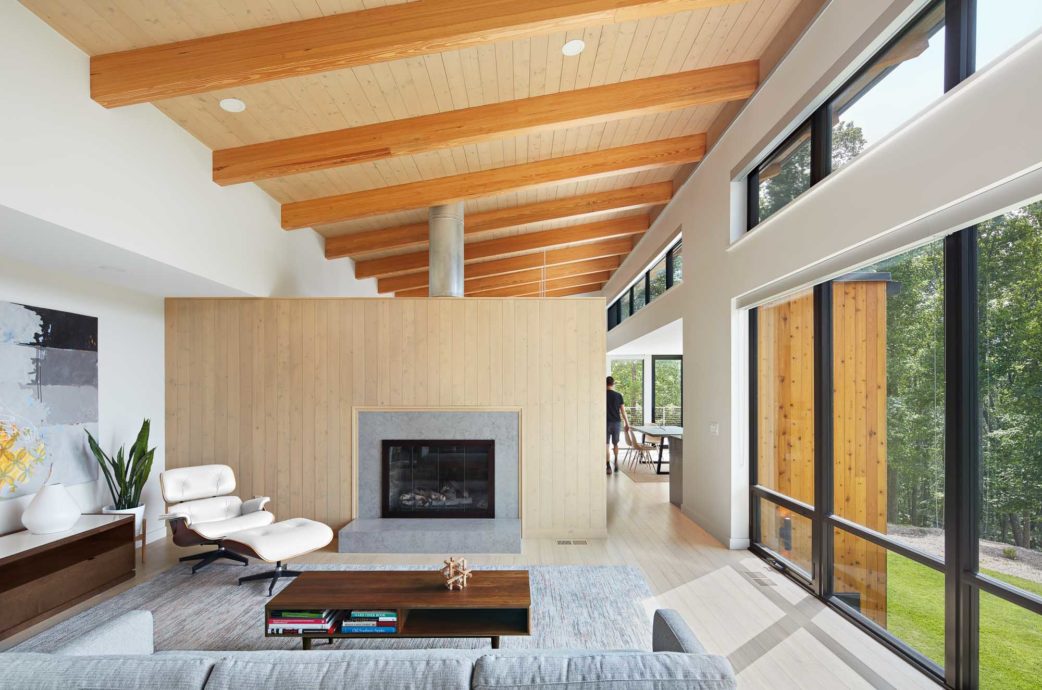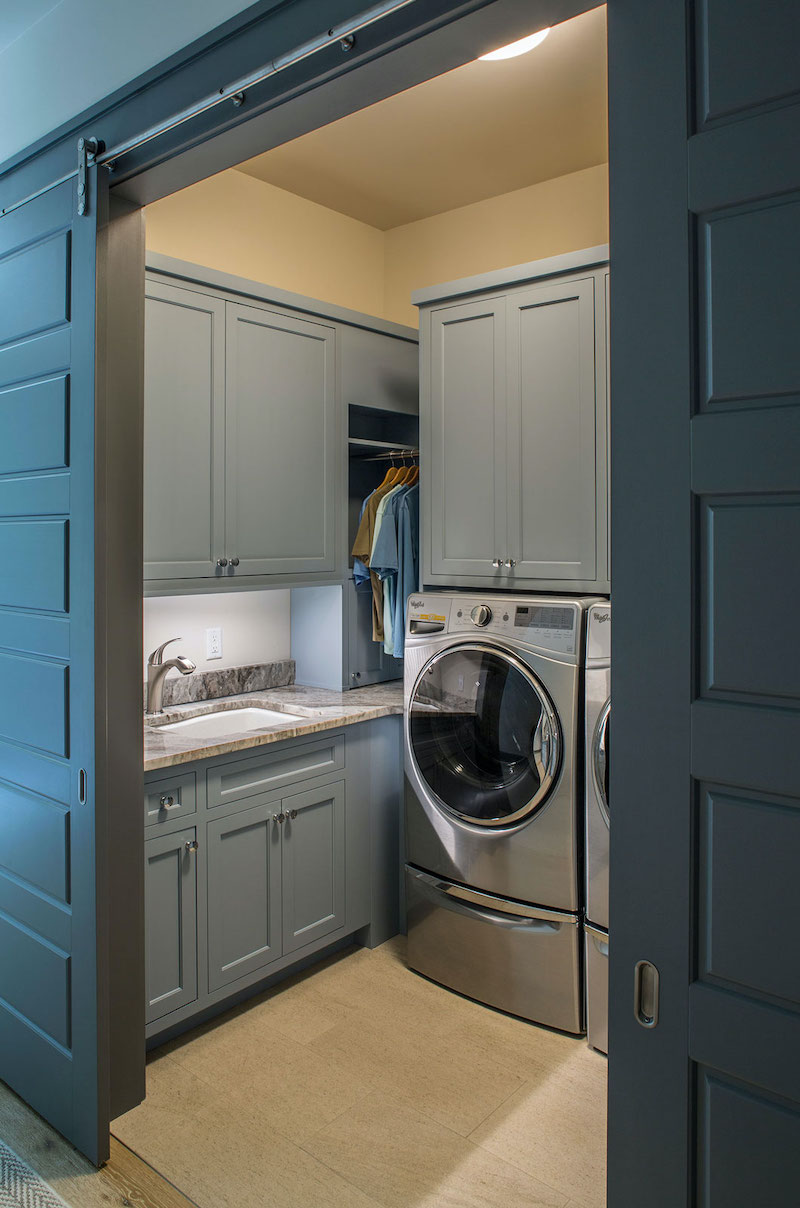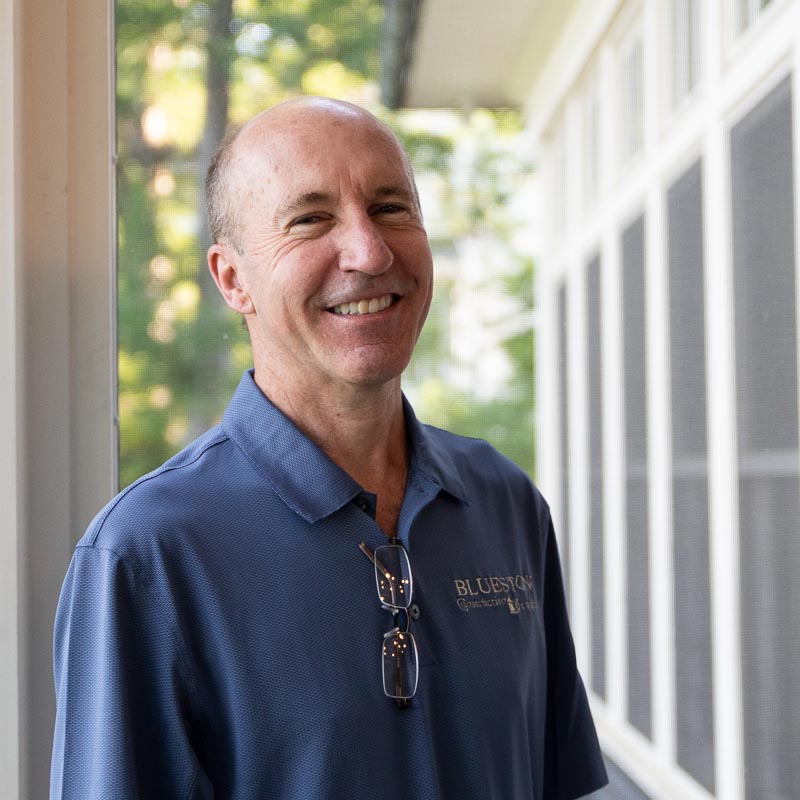
Build A Luxurious Green Home Without Sacrificing Comfort: Today’s Top Ten Tips to Creating An Energy Efficient Custom House
Building a green home and being conscientious consumers of our natural resources is more important now than ever. But you can go green and still have all the luxury and comfort that drove you to custom-build in the first place.
When you hear the phrase “green home,” maybe you picture domed earth ships and bamboo tree houses. You probably don’t picture a luxury home with spa-like bathrooms and gorgeous materials. But whether your home is 400 square feet or 4,000 square feet, you can implement certain practices from the design phase on that save energy, without compromising comfort.
1. Orient your green home carefully.
How your home is situated on your lot can have a big impact on how much energy you use keeping the temperature comfortable. One study found that homes oriented towards the winter sun can save 10-20 percent on heating costs.
Figuring out the best orientation for your home can be tricky, since it’s not as simple as the sun rising in the east and setting in the west. Orienting for the sun is dependent on the geographic location of your home.
Talk with your architect and contractor about situating your home so that trees and overhangs shade it from the high summer sun and windows maximize the low winter sun.
2. Carefully air seal your building envelope.
We typically use Zip Sheathing. This is a proprietary system from Huber that is part of a new type of sheathing. It has a vapor permeable waterproof and air resistive coating, integrally applied during the manufacturing process. It also has its own joint sealing tape that ensures waterproof seams and joints. We also use a liquied applied version of this flashing, that is great for some of the tricky details we commonly see.
Each step involved in this process is very important to providing a well-built, well-sealed home. This is a far superior system to common house wraps used by builders who are less concerned about water and air sealing.
Additionally, we use a rain-screen behind all our claddings, whether they be stone or some type of siding. This approach provides a path to drain bulk water away from your home which helps to prevent mold and rot by allowing air to reach and dry normally damp areas.
You can read more about this process here.
3. Use highly insulated windows and doors.
The energy-efficiency of windows are measured in R-values and U-values. R-value rate the efficiency of the glass itself, while U-value rates the efficiency of the glass and all the other window components. You want your R-value to be high (R-5 as opposed to R-1) and your U-values to be low (U-1 rather than U-5).
Another rating you want to pay attention to is the SHGC (Solar heat gain coefficient). This tells you how much solar radiation is coming through your window, door, or skylight. The lower the SHGC number, the more solar heat is transmitted. This can lower your heating bills in the winter, but it can also increase your cooling bills in the summer. The optimal SHGC number for your home is dependent on the amount of shade and how your home is situated on your lot.
We steer our clients toward triple-pane windows, with a Low E (low-emissivity) coating to reflect heat and UV-rays, while allowing natural light in. We keep our U-value under 0.3 and our SHGC around 0.19.
4. Frame your walls in a way that accommodates extra insulation.
Use more insulation than is required by building codes. Building 6″ rather than 4″ thick walls allows for 50-percent more insulation, which helps your home hold heat in the winter and cool air in the summer.
5. Choose an energy-efficient heating and cooling system.
Any truly green home has a highly effective HVAC system. We use heat pumps with a SEER (seasonal energy efficiency) rating of 24. The higher the SEER, the more efficient a unit is. This means we use only top of the line, highly energy-efficient systems on our builds. These units are also very quiet.
6. Incorporate high thermal mass into your house design.

Thermal mass includes brick, tile, stone, steel beams, thick plaster, and concrete. These materials absorb heat during the day and slowly release it at night to help keep indoor temperatures even.
7. Collect solar energy.
In many cases, solar panels can power your entire home. Sometimes they can even put extra energy back into the grid or charge your electric car.
8. Choose green appliances.

Look for a high Energy Star rating on all your appliances. Certified by the Environmental Protection Agency, this rating system keeps an up-to-date list of the most efficient products, so you can be sure your appliances are as environmentally-friendly as possible.
9. Use less energy to heat water.
Traditional (storage) hot water tanks may account for 15 percent of your household’s energy usage. Tankless hot water heating, a solar water heater, or a high-efficiency heat pump water system are all better options. We usually install tankless hot water heaters with a recirculation pump and insulated hot water lines, which is about as energy efficient as it gets.
10. Build an Energy Star home.
For a home to receive the government’s Energy Star label, it has to adhere to strict standards set by the Environmental Protection Agency. These standards encompass the home’s thermal enclosure, water management, HVAC, lighting, and appliances. (We’ve built multiple Energy Star homes and would be happy to discuss making your new home Energy Star-compliant).
A Green Home Maintains Its Value
It’s much easier to build a green home from the ground-up, rather than try to retrofit your home to be green later. A new home that goes above and beyond code is likely to increase in value and be more desirable on the real estate market, should you ever decide to sell. But most importantly, building a green home ensures that you’re lessening your personal carbon footprint, to the benefit of your local and global community.
Have Specific Questions About Custom Building A Green Home In The Asheville or Greenville Area?
Get in touch with us. We’re building science experts. We’re happy to help you find the perfect lot and the perfect architect for your gorgeous new home.


